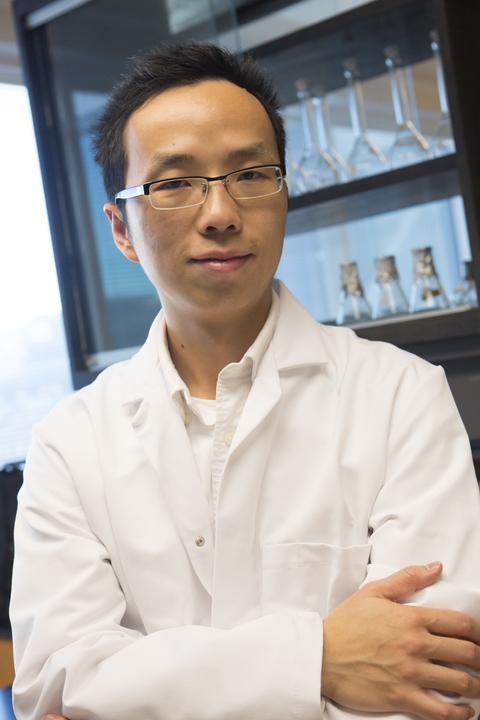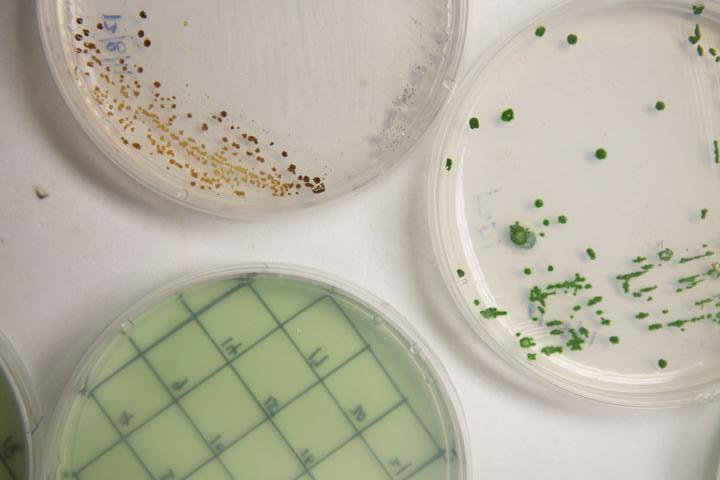$3M grant to study sequestration potential of algae
Innovative research that uses algae to sequester greenhouse gas emissions awarded grant from U.S. Department of Energy
Researchers from the University of Maryland Center for Environmental Science (UMCES) have been selected to receive $3 million award from U.S. Department of Energy’s (DOE) Office of Fossil Energy (FE) to develop a scalable and deployable carbon-negative bioreactor system to capture carbon dioxide, a greenhouse gas that contributes to global warming, from power plant flue gases.

“The University of Maryland Center for Environmental Science is pleased to receive this prestigious grant from the U.S. Department of Energy for research on harnessing the power of algae to remove carbon dioxide from a power plant,” said President Peter Goodwin. “The outcome will be a scalable and deployable system in which the algae sequester carbon from flue gases. Innovations like these may prove to be a game changer for Maryland and the nation to meet greenhouse gas emissions reduction goals and ultimately move toward carbon neutrality.”
The project is one of 11 projects selected nationally to receive approximately $17 million in federal funding for cost-shared research and development projects for carbon utilization. The projects will develop and test technologies that can utilize carbon dioxide (CO2) from power systems or other industrial sources as the primary feedstock. The research goal of DOE’s Carbon Utilization Program is to reduce emissions and transform waste carbon streams into value-added products.

The project, A Highly Efficient Microalgae-Based Carbon Sequestration System to Reduce CO2 Emissions from Power Plant Flue Gases, will be led by Yantao Li, Feng Chen and Russell Hill of the Institute of Marine and Environmental Technology (IMET) in Baltimore. The research focuses on harnessing photosynthetic microalgae to sequester carbon dioxide from power plant flue gases. The outcome will be a scalable and deployable carbon-negative bioreactor system for carbon dioxide capture from flue gases, a modular and scalable design that will allows its expansion to be paid for by the technology itself.
The project is a continuation of long-term collaborative research between IMET and HY-TEK Bio, as well as Argonne National Laboratory.
“We built on our strength in using a microalgae-based system to reduce carbon dioxide emissions on an industrial scale while producing valuable products such as biofuels and carotenoids, phytonutrients that can be used as nutritional supplements,” said Yantao Li.
Researchers have identified microalgal strains that thrive when grown with flue gases released from the 3 megawatt methane-fired electric generating power plant at Baltimore's Back River Wastewater Treatment Plant. Through a bioreactor process, the algae can sequester the carbon dioxide and reduce sulfur oxide and nitrogen oxide emissions, combustion gases that contribute global warming.
The team’s collaborative efforts had been previously funded in 2014 by the Change and Emissions Management Corporation's (CCEMC) international Grand Challenge: Innovative Carbon Uses for its work in using algae to capture carbon dioxide.